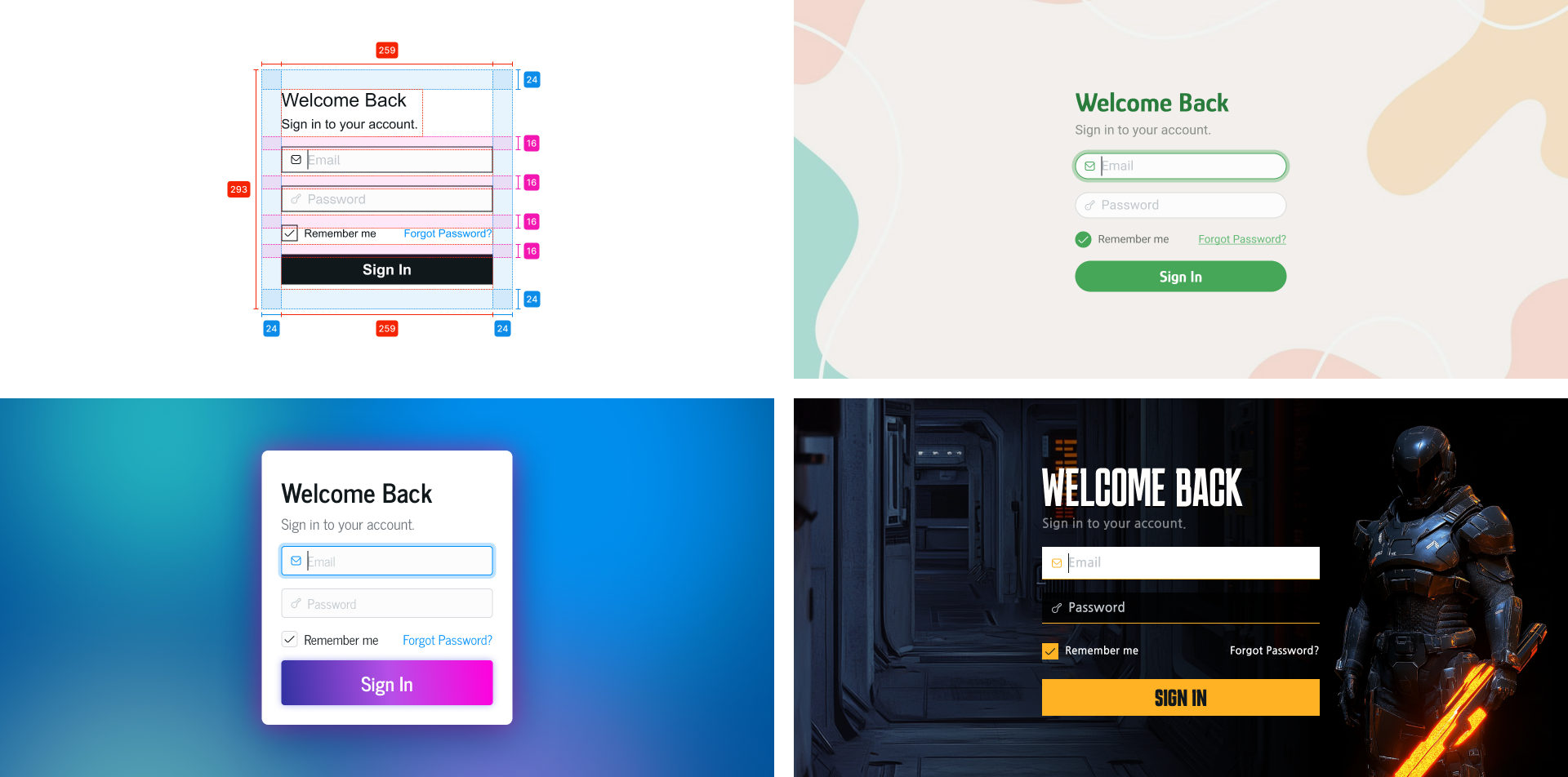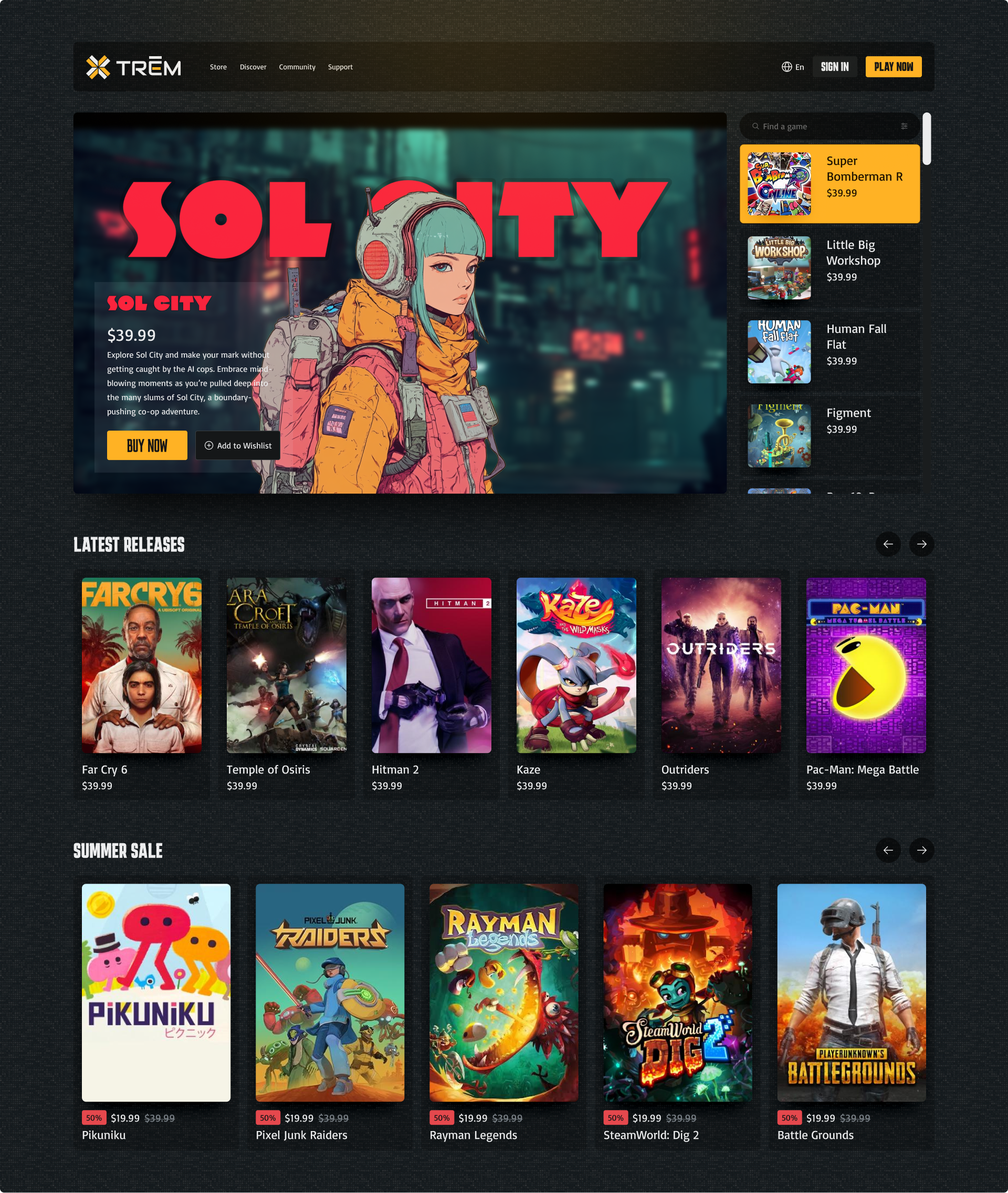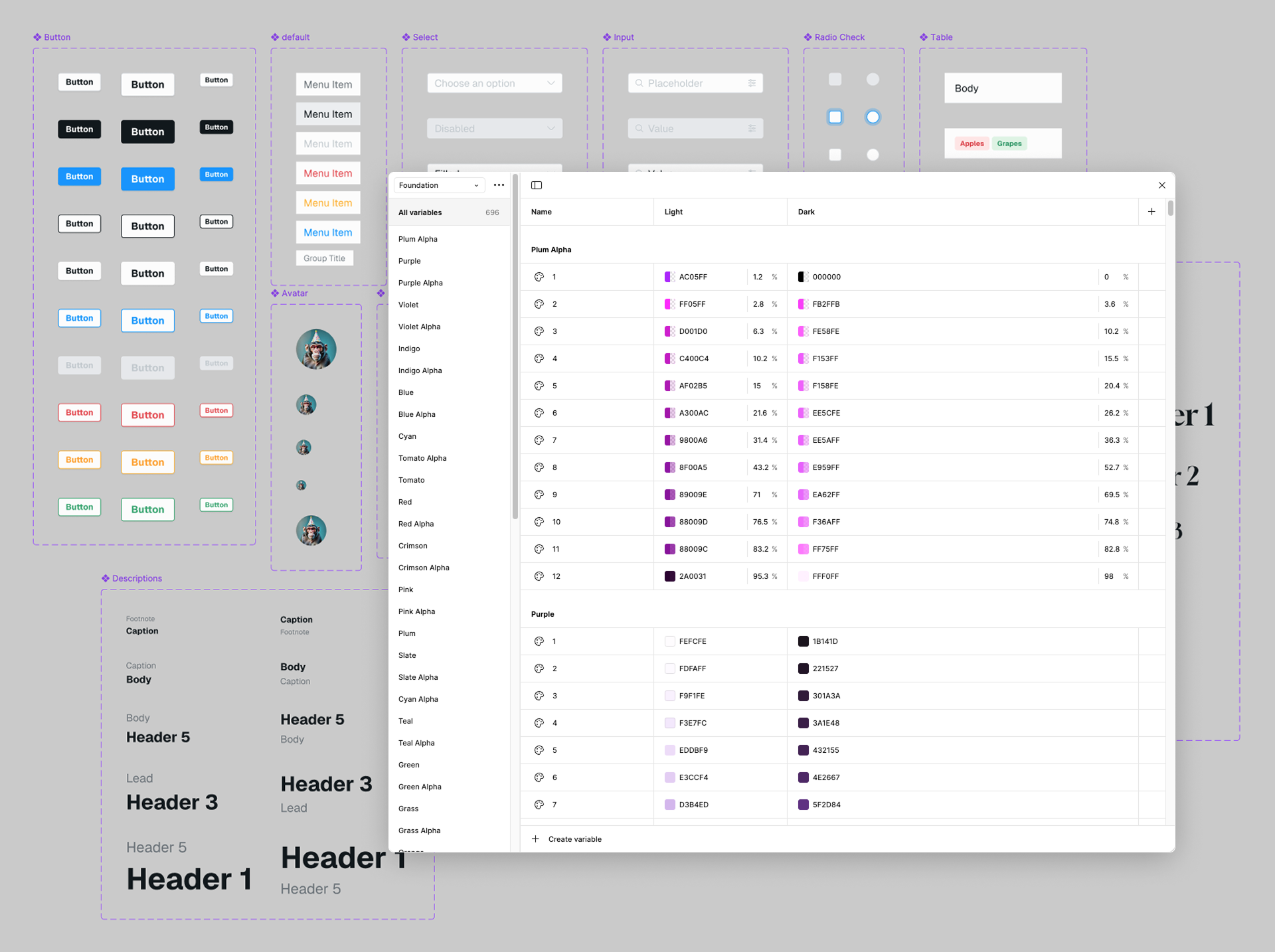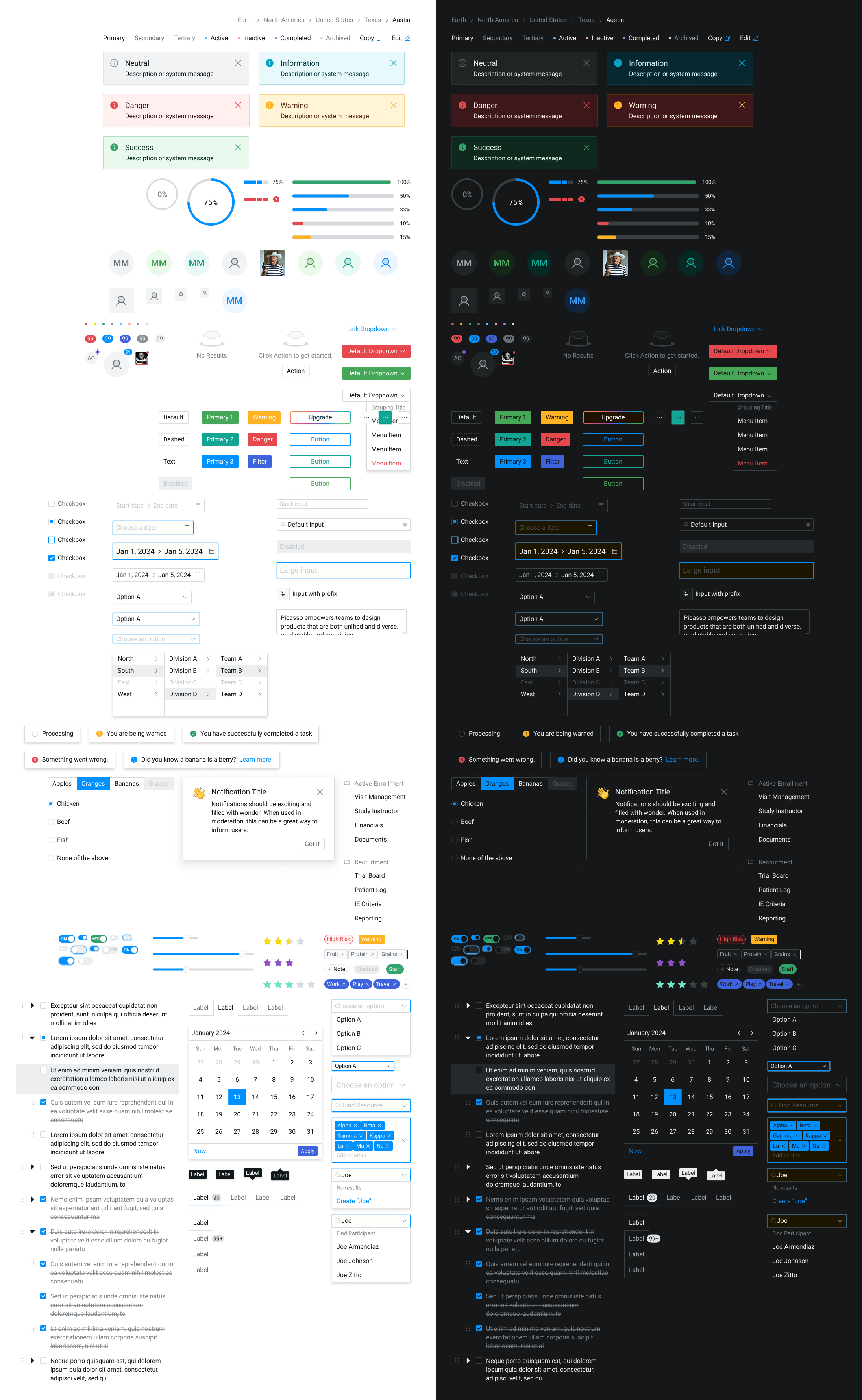
UI, Design Systems, Tooling, & Teams
Discover how I have developed wonderful experiences that serve teams and customers.
UI Design
There are a number of things I like to consider when designing interfaces:
- User needs and goals - Begin with understanding who will use your interface and what they want to accomplish.
- Information architecture - Plan how information will be organized and structured
- Visual hierarchy - Design elements to naturally guide users’ attention
- Consistency - Use consistent patterns, components, colors, and typography throughout to create a cohesive experience
- Accessibility - Ensure your design works for people with different abilities by considering color contrast, text size
- Feedback Mechanisms - Make it clear what elements are interactive and provide appropriate feedback when users take actions
- Simplicity - Eliminate unnecessary elements and reduce cognitive load
The Trifecta
There are some trios that will forever remain iconic. When it comes to a product teams, the lead designer, product manager, and lead engineer should operate as a unit… a Trifecta, if you will.
When these 3 disciplines work well together and have tight communication and trust, the outcomes are 10x improved.
Design at Scale
As my projects grows, I like to start componentizing elements I know will be reused. Since I’m using Figma, creating components and variants have become a big part of my workflow. This is especially helpful when I’m working with other designers. It doesn’t take long before you’ve got a UI Kit of Figma components you can share with the team and improve over time. Learn more about my process.





Level Up: Design to Code
Figma’s plugin ecosystem is great. One plugin I’ve had some success with is Export/Import Variables. I use this plugin to export my Figma variables to a JSON file:
// Example output color
{
"id": "VariableID:2:11",
"name": "Red/9",
"description": "",
"type": "COLOR",
"valuesByMode": {
"2:0": {
"r": 0.8980392217636108,
"g": 0.2823529541492462,
"b": 0.3019607961177826,
"a": 1
},
"2:1": {
"r": 0.8980392217636108,
"g": 0.2823529541492462,
"b": 0.3019607961177826,
"a": 1
}
}
},
... moreStyle Dictionary
Once I have the artifacts I want to tokenize, I use the Style Dictionary library to convert my JSON into a format I can use during development. In the example below, I create 2 files: a tokens.css file with all my variables and a custom tailwind config.
// Example Style Dictionary manifest
{
"source": ["./tokendata/**/*.json"],
"platforms": {
"tokenlib": {
"transformGroup": "custom/group",
"buildPath": "./dist/",
"files": [
{
"destination": "tokens.css",
"format": "custom/css/theme"
},
{
"destination": "tailwind.custom.js",
"format": "custom/tailwind"
}
]
},
}
}/* Style Dictionary CSS Output */
@media (prefers-color-scheme: light) {
:root {
--red-1: rgba(255, 252, 252, 1);
--red-2: rgba(255, 248, 248, 1);
--red-3: rgba(255, 239, 239, 1);
...;
}
}
@media (prefers-color-scheme: dark) {
:root {
--red-1: rgba(31, 19, 21, 1);
--red-2: rgba(41, 20, 21, 1);
--red-3: rgba(60, 24, 26, 1);
...;
}
}